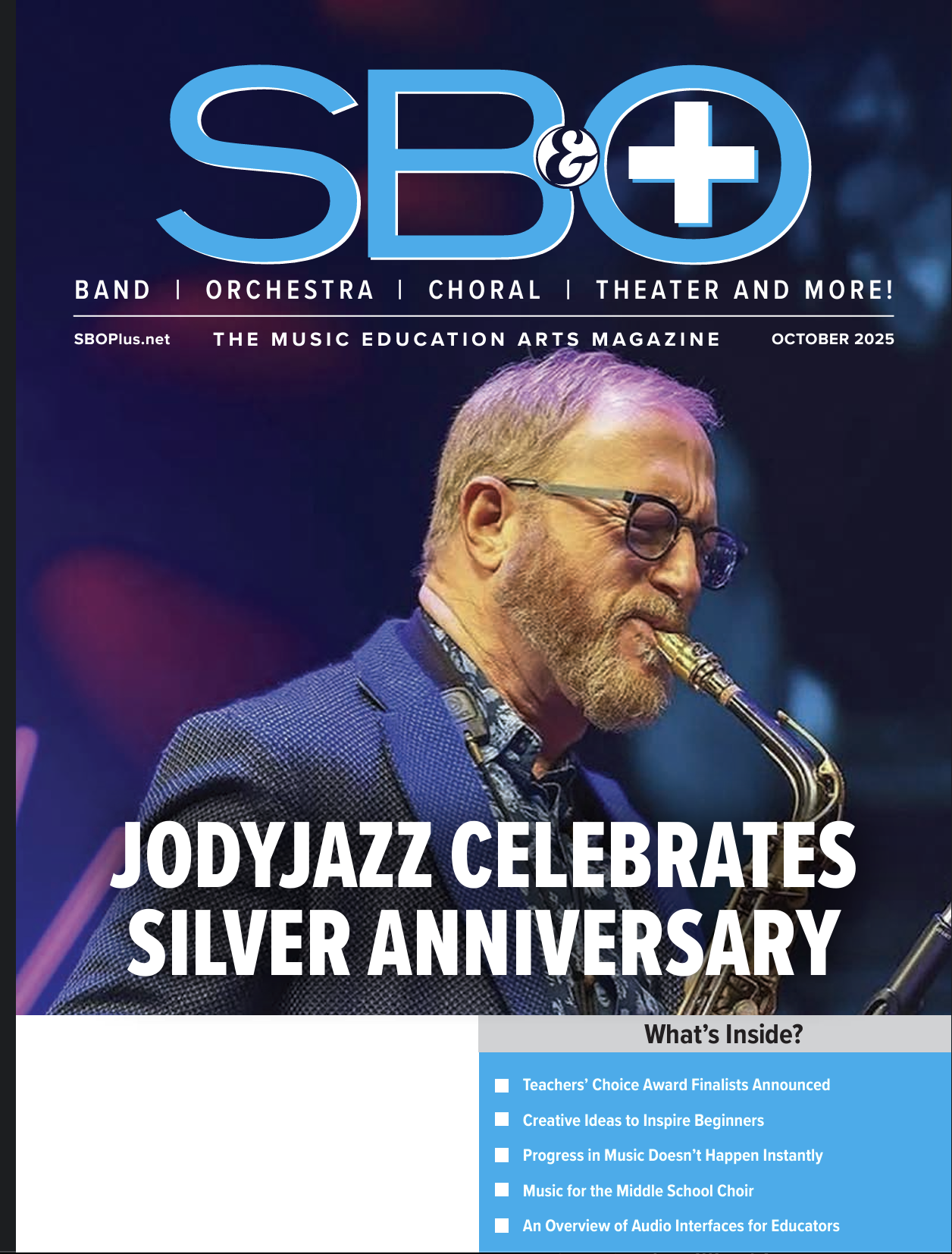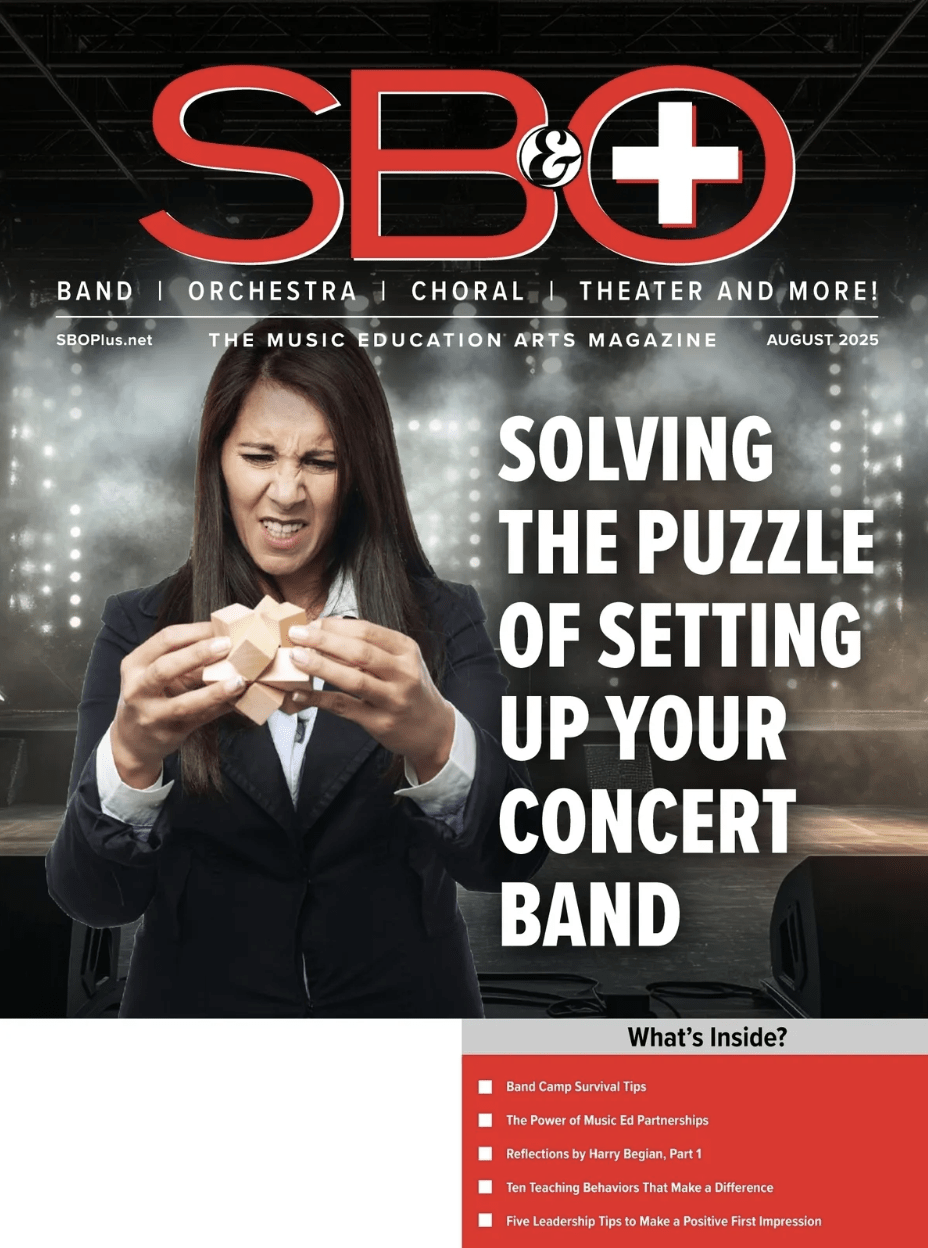The vertical nature of scale positions found on the neck of the guitar has an unavoidable conditioning effect on a player’s phrasing tendencies. Selecting notes that lie on the same string or adjacent strings to each other within whichever “box” a player is occupying is common due to our comfort zones and muscle memory.
This default approach typically results in melodic sequences of a linear nature where each sequential note lands a single interval apart from the note that preceded it. Of course, this is not exactly a problem, as such melodic sequences have their place in the vocabulary of the most seasoned, sophisticated musicians. Many of the most memorable melodies contain this sort of structure, which lends itself to accessible, digestible, singable, and memorable music. However, due to the nature of the guitar and the scale shapes that we all commit to memory early on in our journeys, it can be difficult to deviate from linear melodic sequences when the occasion arises.
A few years ago, I found an approach to creating intervallic sequences through navigating the fretboard in a more horizontal manner. In the first example below, there are four techniques occurring: one-note-per-string pedal tones, alternate picking, slides, and string-skipping. This is in the key of F# minor and was written with a triplet rhythmic pattern to fit the groove of the song that it is taken from. The tune is called “Nu Gods” and will be featured on my band Followship’s debut album due out later this year.

The “shapes” that you see here will be very familiar to most beginners – the power chord and the octave. At the beginning of this sequence, you will notice a power chord with pedaling between the root and fifth of the chord. After pedaling between both notes twice, a dramatic, ascending slide follows. This is the basis for the pattern of the lick. Each phrase consists of pedaling between two notes on separate strings that form either a root and fifth chord relationship ,or an octave relationship.
Utilizing familiar shapes while beginning this approach will allow for building a quick foundation for this technique while also demonstrating to players the versatility of power chords and octaves beyond a polyphonic application. Throughout this first example, the pedaling occurs two or four times in sequence before the next intervallic jump is achieved through the slide to a note further up or down the neck on the same string of the preceding note. This exercise can strengthen slide accuracy, speed, and intonation, which in this context can add a unique articulation to a phrase. Moreover, connecting these pedal tone phrases across the neck can expand fretboard visualization and inspire intervallic lines that are easier to discover than one might think.

The second example is taken from a guitar clinic livestream that Greg Howe provided via Kiesel guitars. Because of his virtuosic ability, jazz-fusion vocabulary, prolific solo and session career, humility, and transparency, Howe is widely regarded as a pillar of the guitar community. During this clinic, Howe played over backing tracks to demonstrate various harmonic and improvisation concepts. The first concept he demonstrated falls in line precisely with the subject of this article. It consisted of navigating the pentatonic scale horizontally across the fretboard by using a similar pattern of pedal tones across two to three strings with the result of playing 5ths and octaves in relation to the first pedal tone (or target note) before ascending and descending the intervals of the scale by sliding. He very approachably demonstrated this concept by playing in the key of A minor to a funk/fusion backing track. You will notice the sequence below shows an ascending and descending pattern of 16th notes through the A minor pentatonic scale with pedaling between fifths, octaves, or both before shifting up or down a position on the neck.
This particular line hits the listener with intervallic complexity that at first masks the simple ascending descending pattern. A sequence like this can be a great tool for familiarizing oneself with the different pentatonic scale positions in a key across the fretboard by navigating the target notes across one string and relating them to the fifths on the adjacent string while also serving as a handy trick for phrasing variety during soloing.
Using fifth and octave pedal tones is a great starting point for this fretboard navigation technique. As your muscle memory becomes accustomed to the sliding and pedaling, you will likely be inspired to try pedaling between different intervals in various positions and going beyond the linear ascending and descending sequencing of the sliding notes to create your own unique lines. Beyond soloing, this approach works very well in other musical contexts. For example, using fill licks in between rhythmic chord stabs can be very interesting with intervallic pedaling of the appropriate chord tones, giving you more options than simply ascending or descending an arpeggio. Once internalized, a deceptively simple trick like this can open the door to many possibilities for musical phrases.
Dylan Edwards is a guitarist and instructor based in Richmond, Virginia who has performed and recorded with several bands in the region and self-produced his own solo material.




























